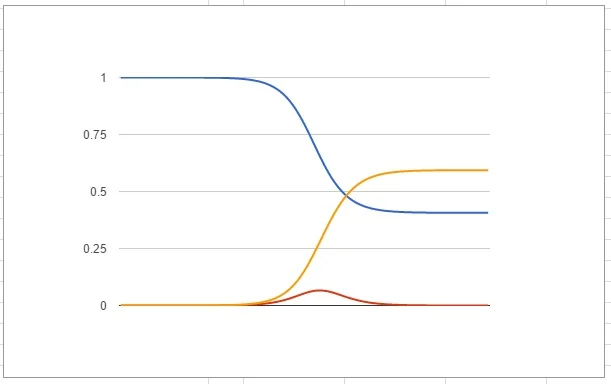Sherlock Holmes' Martial Art
While better known for his intellectual capabilities, the fictional detective Sherlock Holmes was not afraid to use violence. There are two styles of combat mentioned in the stories and to investigate the first we need to go back to 1898. Edward William Barton-Wright was the son of a railway engineer who was born to a British family living out in India. He trained in smelting and toured a lot of Eastern Asia as a civil engineer and surveyor.
Edward William Barton-Wright
Barton-Wright's travels allowed him to study his passion of self defence through martial arts. While in Japan he studied several types of Jujutsu under various masters and he was impressed by the discipline that martial arts gave to the Japanese Infantry. In 1898 he returned to England and founded his own style of self defence which he named Bartitsu as a portmanteau of Barton and Jujutsu.
The idea was to combine Jujutsu style grappling at short range and strikes with a gentleman's walking cane at a longer range. A more Western form of boxing was employed to transition between the two distances. Barton-Wright detailed his art in several articles in British and American newspapers and it was eccentric to say the least. Amongst the Eastern grappling and throwing, he also outlined how to use your cane to trip your opponent and how to use your bowler hat as an offensive weapon.
A Coat Throw in Bartitsu used to Disorientate
By 1900 he had opened up a gym called the Bartitsu Academy of Arms and Physical Culture in Shaftesbury Avenue in Soho. It catered to mostly gentleman with a sprinkling of aristocrats and had huge membership fees. Bartitsu was actually the first time a martial art had been taught in England and it was initially well received as an oddity. However interest dried up and other cheaper clubs started up which were more traditional takes on Eastern martial arts. By 1902 Barton's Academy had to close its doors.
Bartitsu Canes
And so it would have remained if it hadn't been for a throw away line in a Sherlock Holmes story. After Sherlock Holmes' supposed death in at the Reichenbach Falls in the story The Final Problem in 1893 Arthur Conan Doyle finally caved to public demand and returned the protagonist in a story called An Adventure of the Empty House. Holmes explains that he was able to overcome Moriarty with the use of "baritsu [sic * ], or the Japanese system of wrestling, which has more than once been very useful to me." This was written in 1901 so was right in the middle of the brief Bartitsu fad in London. It was a perfect fit for a well educated, eccentric character who was painted as above common brawling.
Doyle had a huge following in the Strand Magazine, but his legacy continued long after the original rise of Bartitsu had been forgotten. Throughout the mid-twentieth century Sherlock fans hosted several revivals of the art with a second big revival happening in 2002. Modern practitioners seem to be on the quirky side of the original art and they tend to dress in Victorian garb.
In the BBC television show Sherlock, showrunner Mark Gatiss is very aware of Bartitsu, with a sign above Sherlock's bed explaining the etiquette of the martial art and a line by Sherlock mentioning "a series of Japanese wrestling" being the out in one of the 13 possible scenarios with Moriaty on the rooftop. The two Robert Downey Junior films tried to employ a modern take on Bartitsu in their choreography.
However a third current screen presence of Holmes, the American series of Elementary, uses a different form of combat that was mentioned in the original stories: singlestick.
Singlestick is a form of fencing which uses a wooden sword. The idea is to be the first to hit the pate (the middle of the forehead) of the other person. Having similarities with Kendo it was briefly an Olympic Sport.
* The spelling was originally Bartitsu, but a 1901 article in the London Times wrote it as baritsu (the t missing and lowercase) and it is supposed that Doyle's spelling came from this.









